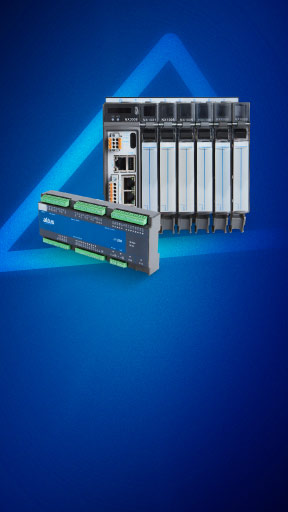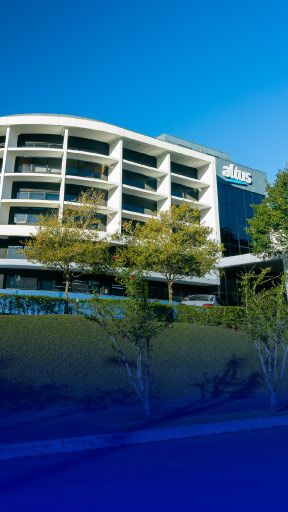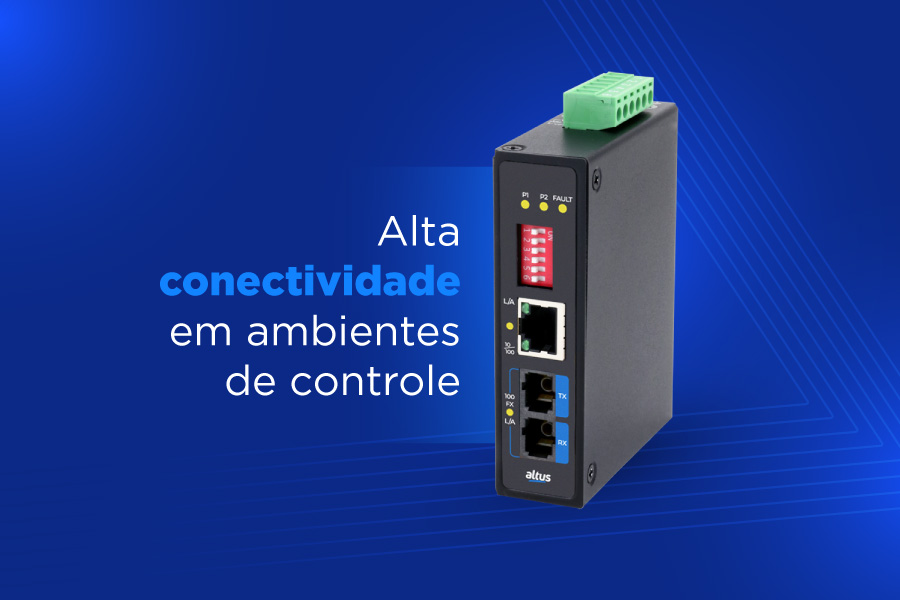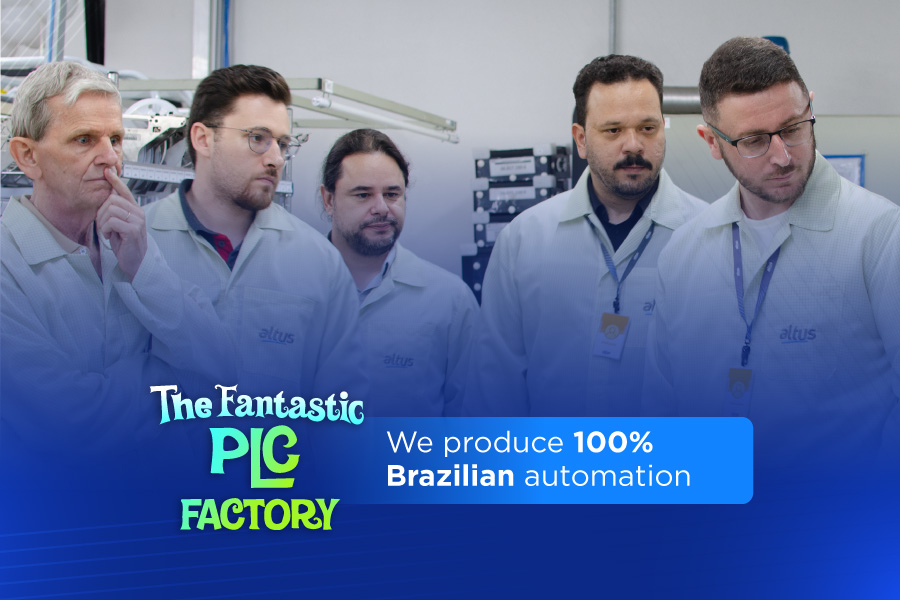As we reported a few weeks ago, Altus is engaged in projects to produce equipment that can help combat the COVID-19 pandemic. One of these initiatives is already at an advanced stage and soon the solution under construction will be able to help save countless lives in hospitals in different regions of Brazil. This is the mechanical respirator developed in partnership with the SENAI Institute of Innovation in Renewable Energies of Rio Grande do Norte (ISI-ER), a device in the final testing phase awaiting approval from Anvisa to reinforce the National Health System in the fight against the Coronavirus.
The equipment is being developed through a project supported by a partnership between Finep and PIPE-FAPESP, an initiative to encourage the development of products, services or processes aimed at combating COVID-19. “We managed to develop the two prototypes and, now, we are in negotiations with two companies to put them on the market. The expectation is that the agreement with one of them will be closed in the coming weeks”, says William Robert Heinrich, one of Setup’s partners.
Altus Technology Base
According to Heinrich, the ventilators could reach the market at a cost up to 25% lower than those currently available in the country. One of the factors that allowed this reduction is directly linked to Altus: the reduction in dependence on imported components. The equipment uses our <a href="https://www.altus.com.br/produto/44/clp-nexto-xpress" target="_blank" rel as a technology base ="noopener nofollow">IoT Ready PLCs Nexto Xpress, advanced control and automation solution developed and manufactured in Brazil.
In this application, the PLC >communicationwith IHM P2 , also provided by Altus. The architecture aims to guarantee the functioning of all ventilation modes and lung ventilator premises.
In addition to the fact that it is a product manufactured in national territory, other differences mentioned by Heinrich that led to Altus equipment being chosen for this project were the excellent cost-benefit of the Xpress PLC family and the fast and effective service from our Support and Technical Assistance.
According to the project, one of the ventilators will be aimed at emergencies and another model, more robust and with a greater number of functionalities, for use in Intensive Care Units (ICUs). The two pieces of equipment will be manufactured based on the same production platform. Developed by Setup engineers, the resource allows you to unify the mechanical and pneumatic parts of the equipment through software designed by the company's own specialists.
Other differences of the project
In addition to the cost, other competitive advantages of the fans being developed by the company compared to those on the market are the level of noise emitted and the weight, as each piece of equipment weighs approximately 16 kilos. “The solution we were able to provide to this problem made our fans one of the best in terms of noise emission. Furthermore, they will be among the lightest on the market”, says Heinrich.
autonomy is another differentiator of the national fans developed by the company. The equipment has a battery with charging capacity for up to six hours of use, which allows it to be used in remote service centers or in emergency areas such as field hospitals.
In the specific case of the model aimed at ICUs, which has more complex functionalities, ventilators will still be able to meet an old demand from doctors and nurses: the simplification of procedures.
Patients are connected to a ventilator through a flexible tube known as a "trachea." In the event of cardiac arrest, this connection typically must be removed so a healthcare professional can attach a manual resuscitator (Ambu bag) to provide ventilation while another performs chest compressions.
In order to solve the problem, Setup engineers developed and inserted an emergency button into the fans that, in a matter of milliseconds, activates a specific ventilation mode. “The emergency button eliminates the need to remove the endotracheal tube connection to place the self-inflating bag to provide ventilation and the need for two intensive care professionals to care for an intubated patient with cardiac arrest,” says Heinrich.
Differentiated commercial conditions for the production of respirators
A SUS study shows that around 56% of people hospitalized due to COVID-19 need mechanical ventilation to breathe. This data demonstrates the importance of this and other equipment under development being able, as soon as possible, to reinforce the National Health System in the fight against coronavirus.
If your company or entity is also developing a lung ventilation system, talk to us, we can help you. We are practicing differentiated commercial conditions in several product lines for companies that are developing mechanical ventilation systems.
Contact our sales team to find out more about how we can help society at this time.












